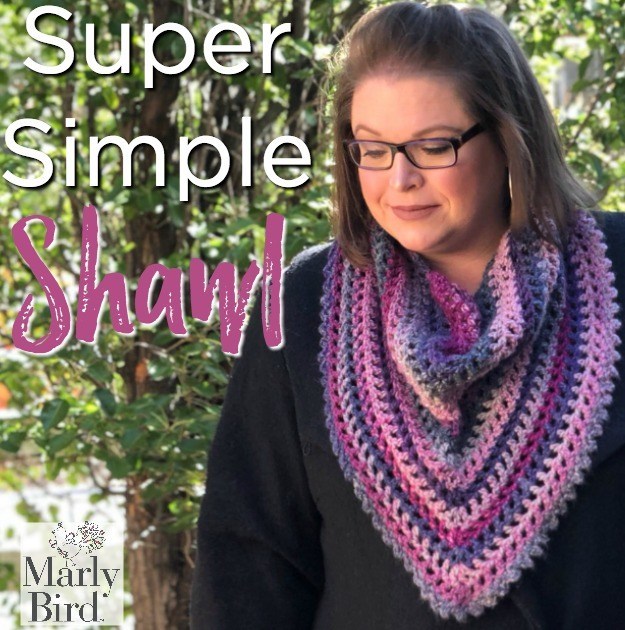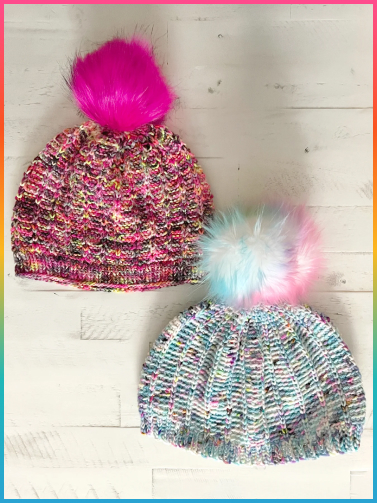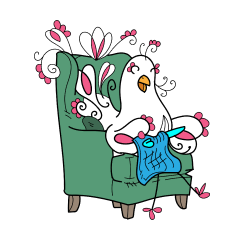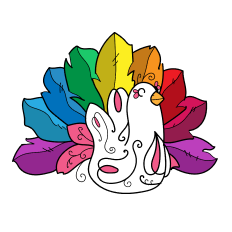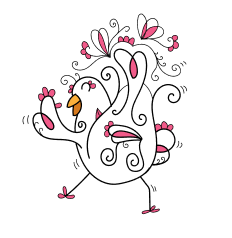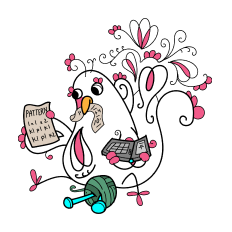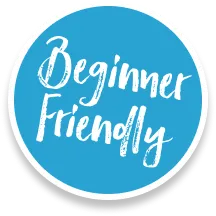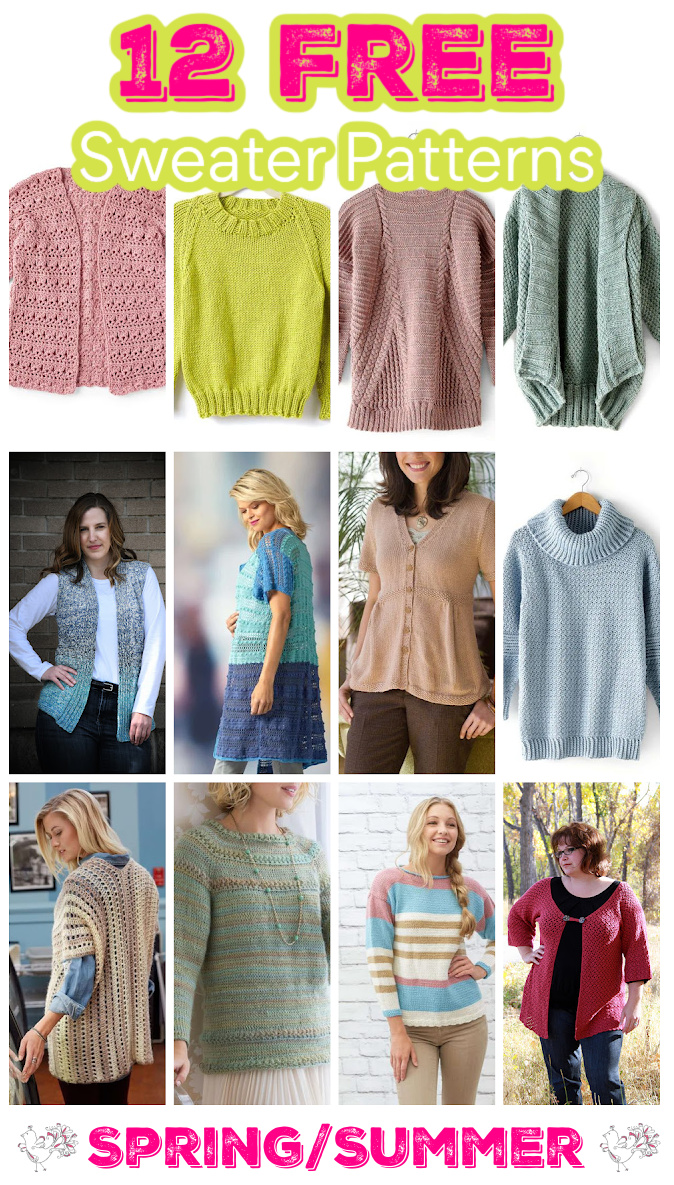Crochet and Knitting Techniques To Make Life Easier
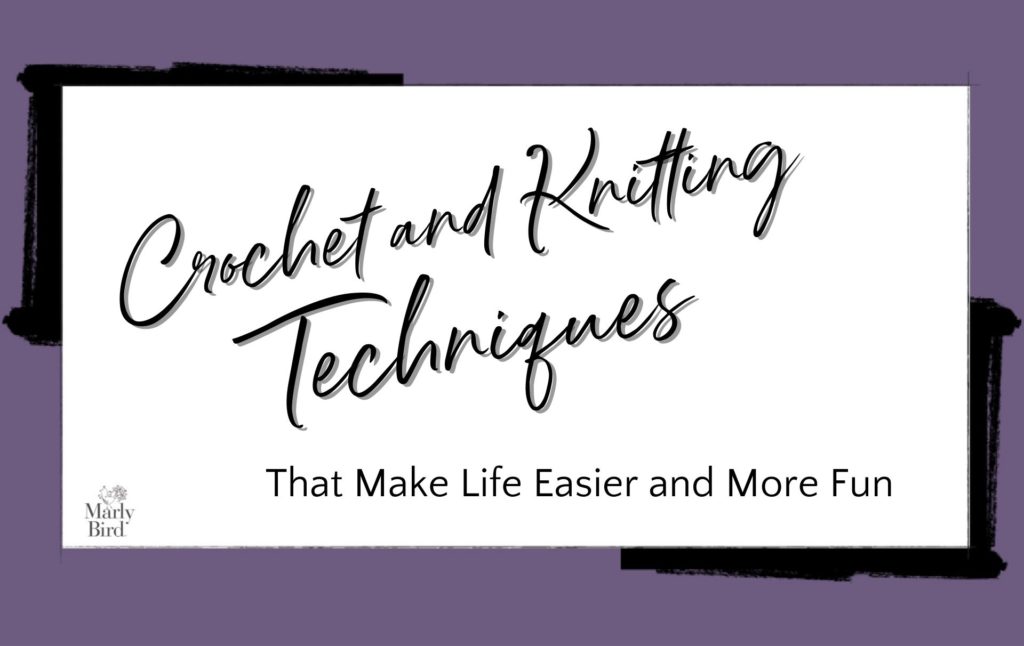

There is always a Question of the Day over on the Marly Bird Facebook page. It’s a fun way for crafters to get to know each other better. Plus, the whole community benefits from the tips and thoughts others share. For example, we recently asked about your favorite crochet and knitting techniques. The answers helped us all to see what things are worth learning because, even if they take a moment to get the hang of, they make crafting easier in the long run.
Crochet and Knitting Techniques That Make Life Easier
People answered the question with a combination of responses. Some people shared the techniques that are the most fun for them (which we’ll look at in a moment.) But others shared the techniques that really make their overall crafting easier. Those are important, therefore, we’ll start there.
Helpful Crochet Techniques
If you’re looking to improve your foundational crochet skills, then you’ll want to learn a few core crochet techniques. Here are some of the crochet techniques that make life easier:
Magic Circle
The magic circle, also called the magic ring or adjustable ring, is a terrific way to start a crochet project. You want to use it when you plan to crochet in the round but don’t want to have a hole in the center of the piece. For example, people use the magic ring for Amigurumi work and crocheted hats in the round.
It takes some people a few tries to learn how to crochet the magic ring. But it’s well worth learning. It’s one of the crochet techniques you’ll use again and again if you get the hang of it. Here’s how to crochet the magic loop:
Front and Back Loop Single Crochet
Single crochet is one of the easiest crochet stitches. It is one of the first stitches that people learn. And yet, you can do a surprising number of things with this basic crochet stitch. In particular, you can learn to work the same stitch in only the front loop or back loop. Once you do, you automatically have access to a means of adding rich texture to your crochet work.
It also changes the stretchiness of the fabric that you’re making (front loop only gives tighter fabric, back loop only offers more stretch.) Once you’ve learned how to single crochet in the front and back loops, you will also better understand crochet stitch anatomy. Therefore, you can crochet other front-loop and back-loop stitches, too.
Learn how to work front loop only crochet:
Learn how to work back loop only crochet:
Crab Stitch
The crab stitch is also called reverse single crochet. It’s the same stitch as single crochet, but it’s worked in the opposite direction of the regular stitch. So, as a right-handed crocheter, you typically work right to left. When crocheting crab stitch, you would hold the work as normal but work back across the row in reverse, from left to right. This creates a curled crochet stitch that works as an excellent border for a wide range of crochet projects. Learn it, and you’ll always have a go-to edging.
This is one of Marly’s favorite crochet and knitting techniques for finishing a project. Learn how to crochet crab stitch:
3rd Loop HDC
As aforementioned, most crochet stitches have a front and back loop. However, things are a little bit different with half-double crochet because it also has a third loop. Learning how to crochet in the third loop can be a little bit tricky. Even a lot of master crocheters don’t bother learning this. And yet, if you decide to practice it, it can open up entirely new options for you to create new textures in your crochet work. Often called knit-like, it’s a texture that can only be achieved through unique loop work in the hdc stitch.
Shell Stitches
Once you’ve learned the basic crochet stitches, you’re ready to combine them in new ways. Shell stitches are a great way to do that. We were surprised to see several people name shell stitches among their favorite crochet techniques. It makes sense, though – it takes the work up a notch while still relying on just basic crochet skills.
There are many variations on the crochet shell stitch. Here’s one to get you started:
Foundation Crochet
Although no one named it as one of their favorite crochet and knitting techniques, we think that foundation crochet stitches are a game-changer. It’s a way of starting your crochet project with stitches instead of with a chain. This gives more consistency to the fabric.
You can do foundation crochet with different stitches; here’s a guide to single crochet foundation stitches:
Standing Crochet Stitches
Likewise, standing crochet stitches change the game. Instead of starting the row or round with a chain stitch (scubas a chain 3 for a double crochet stitch), you start it with the full stitch. This gives more consistency to your stitch work. Learn more:
Try These Techniques
The Quick Holiday Mini Stocking is an easy crochet pattern, perfect for holiday crafting, that incorporates the Magic Circle, crocheting in the back loop only, and the crab stitch.
Useful Knitting Techniques
Likewise, as a knitter, there are some tricks that you can implement that will simplify all of your crafting. Here are some of the knitting techniques that make life easier:
Provisional Cast On
The provisional cast-on is a temporary cast-on that you can later unravel. Then, you can work in the opposite direction of the piece. This gives you a lot of flexibility in your knitting design. And it’s fun to use a crochet hook in knitting!
Here are two ways to do a provisional cast on:
Knitting Through the Back Loop
If you’re a crocheter, then you’ve probably heard of working in the back loop. But did you know that knitters can also implement this technique? You insert the needle differently so that you’re working in just one loop. It creates a twisted stitch that adds texture and pop to your knitting work.
Brioche
Brioche knitting is a set of stitch patterns that have similarities across them. They all use slip stitches and yarnovers knitted together on a previous row. Learning the basic brioche stitch gives you the skills that you need to learn all of its variations. This gives you a lot more options when working on knitting projects of your own design.
Start learning brioche with this knit scarf pattern:
Combination Knitting
Also called Combined Knitting, this is a different way of wrapping the yarn on the hook when you purl. Gathered suggests that this way of knitting helps you to understand knit and purl stitches better, improves decreasing in knitting, and provides a better option for twisted knit stitches.
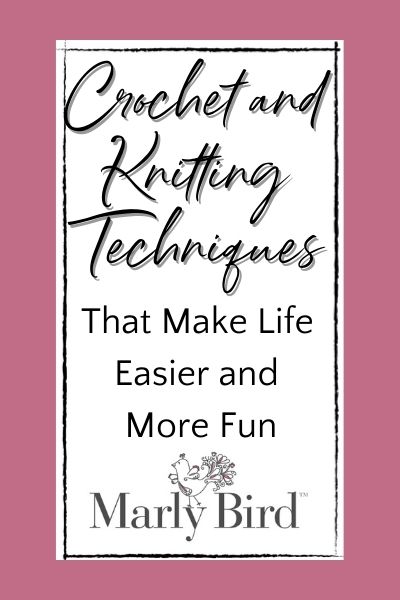

Techniques That Make Life More Fun!
What we were most interested in is those techniques that you love because they make crafting easier. But ease isn’t all that it’s about. Many people also shared techniques that they just have a lot of fun with.
Most Fun Crochet Techniques
These crochet techniques are all really different niches of crochet. You can learn to crochet just basic stitches, and then you can learn these other techniques to expand your repertoire.
C2C Crochet
Corner-to-corner crochet, also called C2C, is popular among advanced beginner crocheters. It’s a meditative stitch repeat that more advanced crafters enjoy as well. However, beginners love it because it uses stitches that they already know worked in a unique way (from corner to corner instead of across a row.)
Here’s one example of C2C, using the half double crochet stitch:
Crochet Colorwork
Many different crochet niches allow you to practice different forms of colorwork. Some easily allow for graphic designs. Others are great for carrying two yarn colors together, working one then the other. Among these, mosaic crochet and tapestry crochet were most often named in response to the question about favorite crochet and knitting techniques. If you’re ready to try something new in crochet, consider these options.
Start learning about Mosaic Crochet Stitches:
Filet Crochet
Filet crochet is a vintage technique often associated with white cotton lace. While you can still implement it in this beautiful way, you can also make it more contemporary by using the same technique with different yarn. Filet crochet is simply a technique in which you use double crochet stitches in a strategic combination with spacing to build a design. Oftentimes, filet crochet pieces also spell out words or phrases.
Here’s a very basic filet crochet pattern:
Tunisian Crochet
If you’re a crocheter who wants to get some of the flavor of knitting, then you might want to try Tunisian crochet. It’s about as close to knitting as you can get using just a crochet hook. In most instances, you’ll use a longer-than-usual crochet hook (called a Tunisian crochet hook or afghan crochet hook) for this work. You’ll hold loops on the hook, similar to how loops are held on knitting needles. It takes your crafting to the next level, expanding your skills.
Most Fun Knitting Techniques
Just like there are certain things that people like a lot in crochet, there are certain knitting techniques that people are consistently drawn to. Here are the top four named in the Question of the Day
Cables
In the past, cables used to differentiate knitting from crochet. These days, there are actually a lot of innovative ways to crochet cables. In fact, people named cables among both the crochet and knitting techniques that they love. But it’s almost imperative to learn them for knitting if you want the option to add a very classic look to a design.
Of course, there are many different knit cables to learn. Maybe that’s one reason people love them – you can keep changing them up. Here is one cable knit pattern to try:
Entrelac Knitting
Like with cables, you can crochet Entrelac. Actually, the best way to do that is to learn Tunisian crochet entrelac. But another option is to go to the original: knit entrelac. The design uses short rows to create a basketweave effect that has a beautiful texture.
Here’s one entrelac knitting pattern for you:
Mosaic Knitting
Knitfarious has a great definition of mosaic knitting:
“Mosaic knitting is knitting with two colors, sometimes more than two, to create geometric shapes by slipping stitches.”
Similar to mosaic crochet, this is a colorwork technique. Using two colors, you can create high-contrast designs with a lot of pop. Learn more about mosaic knitting:
Fair Isle
Fair Isle is also a colorwork form of knitting. You may work with two colors in Fair Isle. However, you may also incorporate more colors. Since it has such a classic design, it’s a great choice for traditional knit items, such as this knit Christmas stocking:
Learning Crochet and Knitting Is Fun
We have to give a special shout-out to Mary McDevitt Jacques and Michelle Urness Harbosen, who both responded to the Facebook question of the day with “the stitch I have yet to learn.” One of the most wonderful things about both crochet and knitting is that you can do so much with just a few basic stitches, and yet there is almost always something new to learn. Adding new crochet and knitting techniques to your repertoire can be a fun way to re-engage with the crafts.
We want to keep hearing from you! What are your favorite crochet and knitting techniques? Which ones make life easier? Which ones are just fun things you’ve learned and are glad you took the time to try? Share in the comments so we can continue this conversation.


